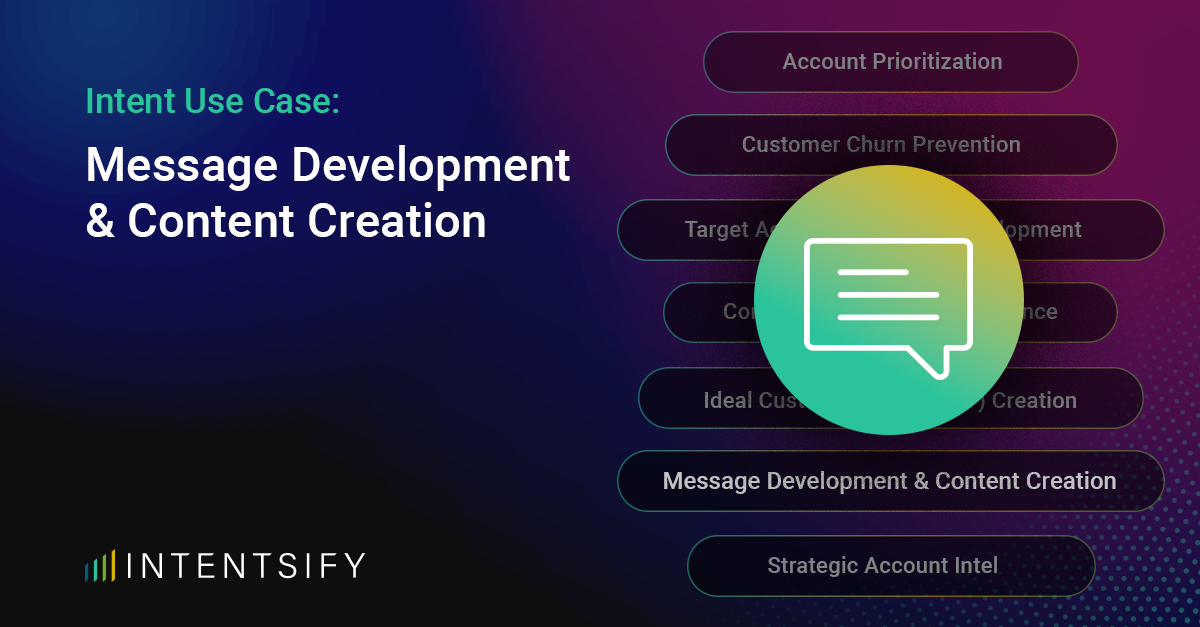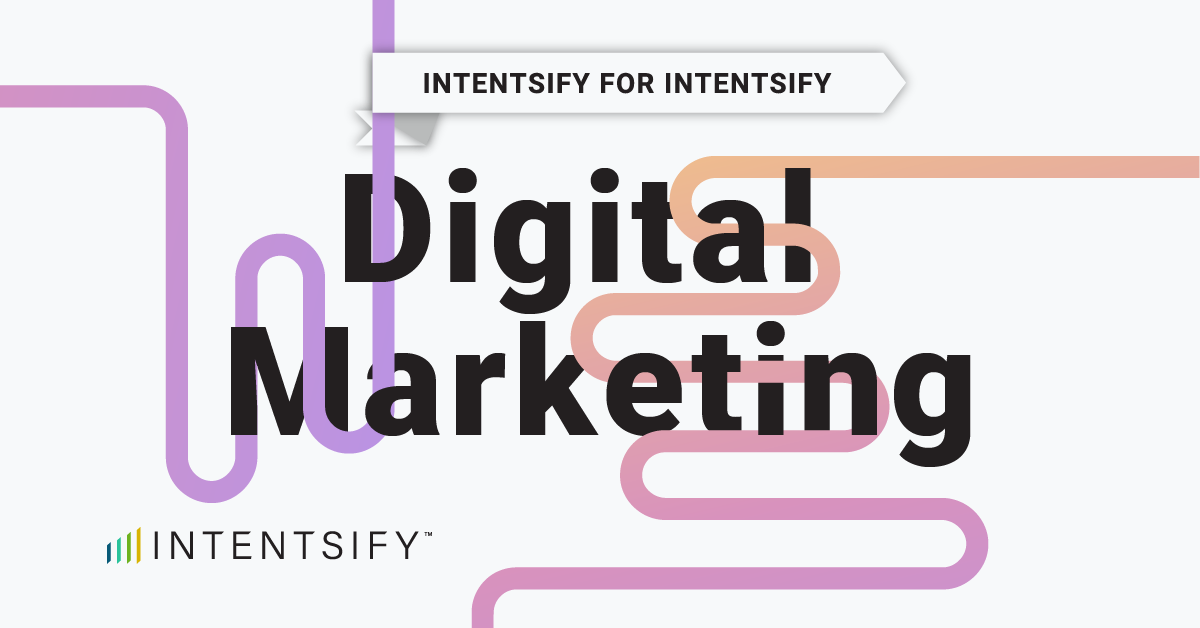If you asked a group of B2B marketing and sales leaders how they use intent data, most would say account identification and prioritization. Yes, that’s an incredibly powerful use case. But one of the most underused yet impactful intent data use cases is message development and content creation.
According to Shelby Aprile, Senior Marketing Manager at Oracle, “Our buyers were overwhelmed with irrelevant content and sales calls, which can drive a poor customer experience. It’s getting harder and harder to cut through the noise through traditional channels and have really relevant conversations with our prospects.” That’s where intent data can help. Sure—it’s great for identifying and prioritizing the right accounts. But once you’ve done that, messaging and content is what gets the attention of decision-makers and buying group members at those accounts.
Messaging and Content for Sales & Marketing
What is messaging and content creation? Messaging and content creation is the process of understanding prospect accounts’ challenges and what they care about so that you can choose the right messages, talk tracks, and content to use with them.
Marketing and sales teams can both benefit from intent data insights to craft relevant content and messaging. Content marketers, product marketers, and demand generation teams—including ABM roles—can use intent data to create more relevant content based on a prospect account’s challenges or interests. Business/sales development representatives (BDRs/SDRs) and account executives can tailor their talk tracks and follow-up messages to increase account engagement.
Why Sales & Marketing Use Intent Data for Messaging and Content
High-quality, relevant content will always be king. Teams that understand a prospect’s challenges and interests are more likely to cut through marketplace noise.
Utilizing intent data for content creation and messaging empowers organizations to:
- Improve the prospect experience and engagement. By selecting the right messages and developing content that prospects care about, you’re more likely to get through to the decision-makers at your target companies.
- Boost demand funnel conversion rates and marketing-influenced pipeline. Marketing is often tasked with warming up target accounts and opening up conversations for sales. The right content and message plays a significant role in generating quality conversions.
- Optimize the efficacy of sales follow-up efforts. So marketing has warmed up the account—now what? Relevant and consistent sales follow-up messages increase the likelihood of converting those accounts into pipeline opportunities.
How Sales & Marketing Benefit from Intent Data for Messaging and Content
The message selection and content creation intent data use case spans the buyer journey and customer lifecycle. That makes it a versatile use case that benefits multiple teams and strategies at an organization.
Utilizing intent data for messaging and content creation equips sales and marketing teams with:
- Informed thought leadership and message/content creation. Content marketers often waste effort creating content that sales and marketing don’t utilize to the fullest extent. Intent data reveals account interests and concerns, helping marketers develop messaging and content that resonates with decision-makers.
- Email development and optimization. Intent data provides demand generation teams with target account research trends, enabling the creation of more relevant and personalized email nurture campaigns.
- Digital marketing and website landing page personalization. By creating digital ads that focus on an account’s interest and concerns, alongside website landing pages that deliver relevant content, marketers can provide prospects with a more customized journey and increase conversions.
- Message selection for sales follow-up. Every sales rep should have intent data in their toolkit. Intent data can scale BDR/SDR and sales pipeline by helping in the selection of talk tracks, messages, and content to follow up on individual leads or accounts based on research activity and interest.
Intent data for message development and content creation empowers marketing and sales teams to create relevant, personalized content. This targeted approach engages prospects, increases conversions, and optimizes follow-up efforts. By understanding prospects’ challenges and interests, organizations can cut through the noise and drive successful marketing and sales strategies.






